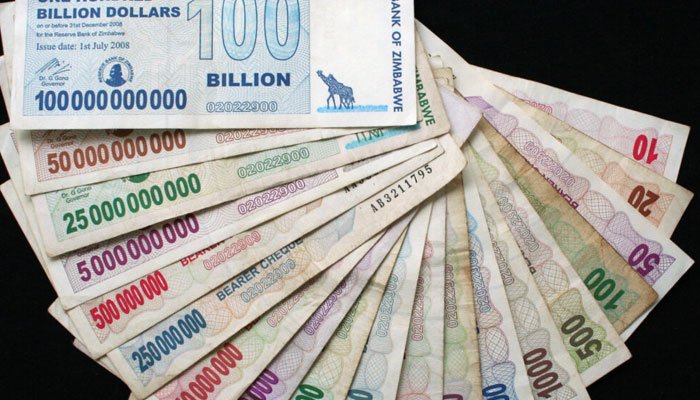Leading Nations in Solar Energy Installations 2024-25. In 2025, solar energy remains one of the fastest-growing sources of electricity globally, with significant increases in installed capacity across multiple nations.
China Continues to Lead Solar Installations in 2024
According to the Energy Institute’s Statistical Review of World Energy 2025, China leads the world in solar power installations by a massive margin. By the end of 2024, China had installed 887,930 megawatts (MW) of solar capacity. This marks a 45.6% increase from the previous year. In one year alone, China added 278,009 MW—more than the entire solar capacity of any other country.
The United States ranks second with 177,470 MW of installed solar capacity. Between 2023 and 2024, the U.S. grew its solar power base by 27.5%, adding 38,265 MW. Although far behind China in total volume, the growth rate shows a continued shift toward renewable energy.
India holds third place globally with 97,384 MW of solar capacity. It achieved a strong 33.7% growth rate, driven by its national strategy to expand renewable energy sources. This shows India’s push toward energy security and reduced dependence on fossil fuels.
Japan ranks fourth with 91,610 MW of capacity. However, its growth has slowed significantly, with just a 2.8% increase from the previous year. Germany follows with 89,943 MW and a solid 20.1% growth rate, maintaining its leadership in European solar energy development.
Brazil continues to surge ahead. It reached 53,113 MW of solar capacity in 2024, up 40.0% year-over-year. Solar now plays a central role in Brazil’s national power generation.
Spain and Australia follow closely with 38,587 MW and 38,472 MW, growing at 20.9% and 15.6% respectively. Italy has also shown strong progress, reaching 36,013 MW and increasing its capacity by 22.7% in a single year.
South Korea now has 26,645 MW of solar energy, up 13.4%. The Netherlands has reached 24,048 MW, reflecting a 13.0% increase. France and Poland also recorded strong gains. France reached 21,528 MW, up 23.7%, while Poland hit 20,199 MW with a 23.0% growth rate.
Türkiye had the highest relative growth among the top 15 countries. It grew its solar capacity by a staggering 76.1%, reaching 19,883 MW. Vietnam, with 18,667 MW of installed capacity, showed minimal growth at just 0.4%, signaling a plateau in its solar expansion.
A major driver of this global growth is the sharp decline in solar electricity costs. Over the past decade, the price of solar power has fallen by more than 50%. This drop has helped both emerging and developed nations adopt solar energy faster than ever.
While some mature markets like Japan and Vietnam are seeing slower growth, other countries are accelerating their transition. As hundreds of gigawatts are added annually, solar energy is becoming a core pillar of the global energy system.








